Caroline Simpson Collection
Home and garden design, history and life
Three collections, millions of items, unlimited stories
Museums of History NSW is the new home of three of the state’s most significant and fascinating collections. Dive in and explore.
Home and garden design, history and life
Making history every day
Place-based collections at our historic houses and museums
![Government Printing Office; NRS 4481, Glass negatives. NRS-4481-3-[7/15883]-M2439 | Government Printing Office 1 - 30700 - Supreme Court, King and Elizabeth Streets, Sydney [From NSW Government Printer series: City Views]](https://images.mhnsw.au/fotoweb/embed/2024/03/f7a6a9f8f25142b999e7637488f5d01c.jpg)
This webinar will explore records of the Equity Division of the Supreme Court, how to find them, and what they can tell you
![Nielsen-Vaucluse Park Trust photographs : [volume 3 : Vaucluse House comes to life]](https://images.mhnsw.au/fotoweb/embed/2024/07/a7e676d0c4604632bf429e66c53e4c2b.jpg)
Join research curator, Dr Paige Gleeson, in exploring the history of Australia’s first publicly owned house museum, Vaucluse House

Join us for History Week 2024 - talk, tour of the Western Sydney Records Centre, and special viewing of State archives
![Government Printing Office; NRS 4481, Parramatta [Gaol] [Department of Public Works] [no date]](https://images.mhnsw.au/fotoweb/embed/2024/03/21e77f8e81374bf4825a185b2892aa80.jpg)
This webinar will show you how to use the State Archives collection to trace your ancestors through the NSW prison system, uncovering their crimes and incarcerations
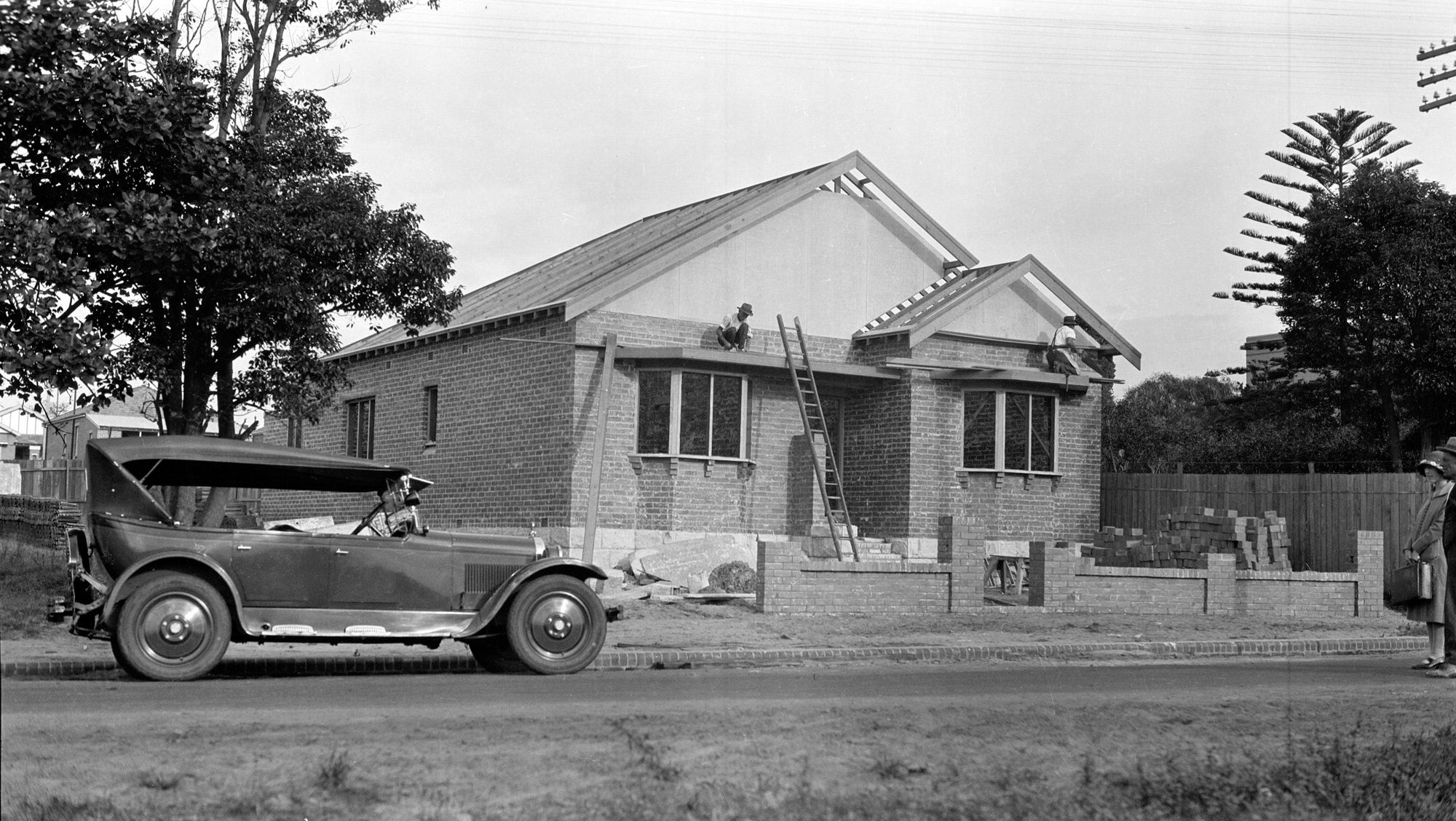
Museums of History NSW is on the road again, sharing our stories with the people of regional NSW

This project aims to improve access for First Nations people to important archival material about culture, kinship, stories, and languages within the State Archives Collection

Join the First Nations Community Access to Archives project team in deep listening to learn about the journey of storytelling, truth-telling and language revitalisation
![Government Printing Office 1 - 02086 - Oyster bed [From NSW Government Printer series: Ballina], 1926](https://images.mhnsw.au/fotoweb/embed/2024/07/daae115dafd84c36a71fbe135d080e53.jpg)
The government started to encourage oyster fisheries from 1868 and later introduced oyster leases. This webinar focuses on our series of NRS-1302 Oyster cultures leases files, which tell the stories of the people who held these leases between 1920 and 1978
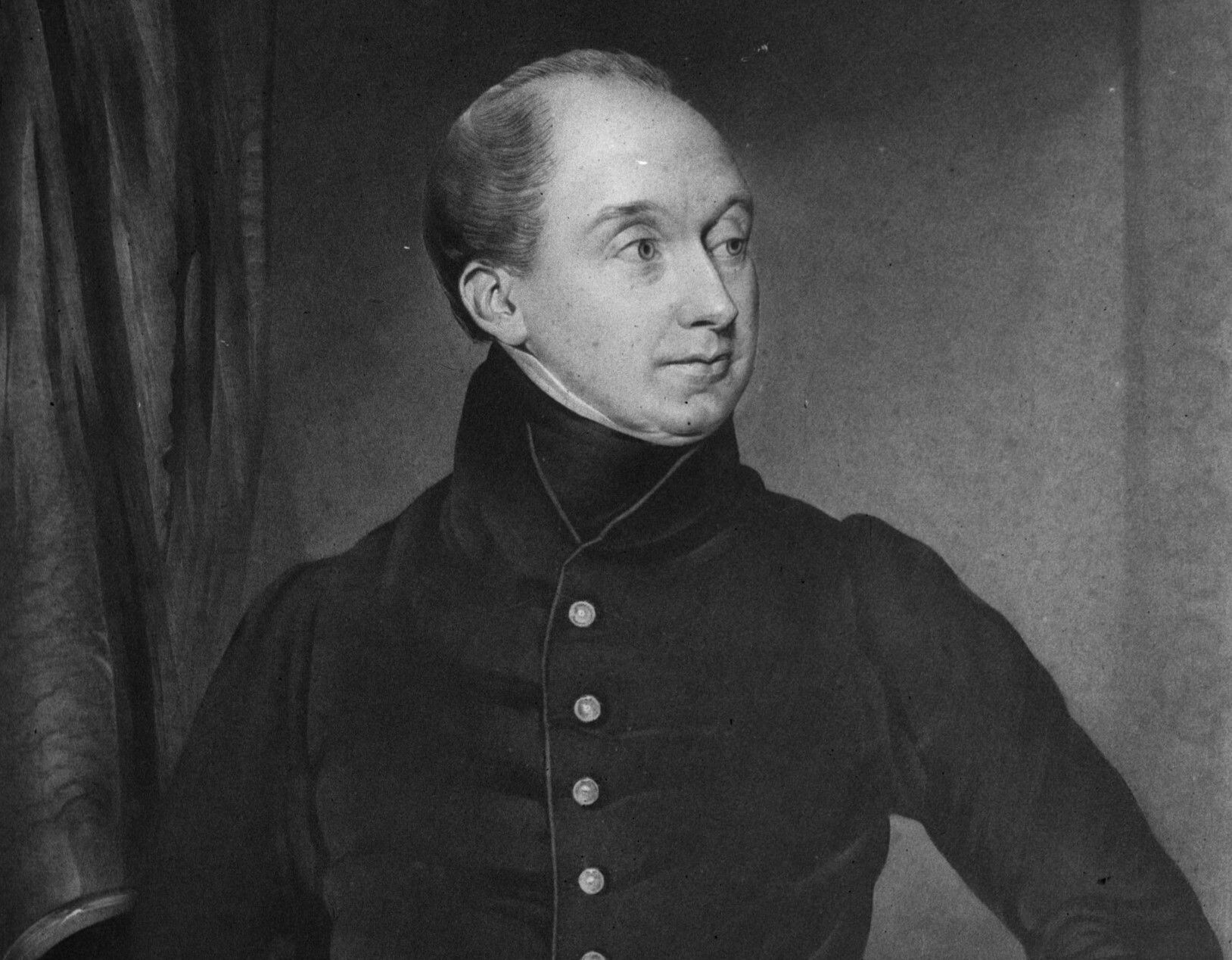
A deep dive into the minutes, highlighting how these documents that dealt with Government policy, detailed plans and proposals also captured the lives of individual people, and how to find them

Now with surviving inquest papers from 1916-1939 and April–December 1963 (Glebe Coroners Court), this webinar shows you how to use the inquest index and explore the new additions

Join industry experts at the Caroline Simpson Library as they discuss different approaches to creating interiors for house museums and film and television productions
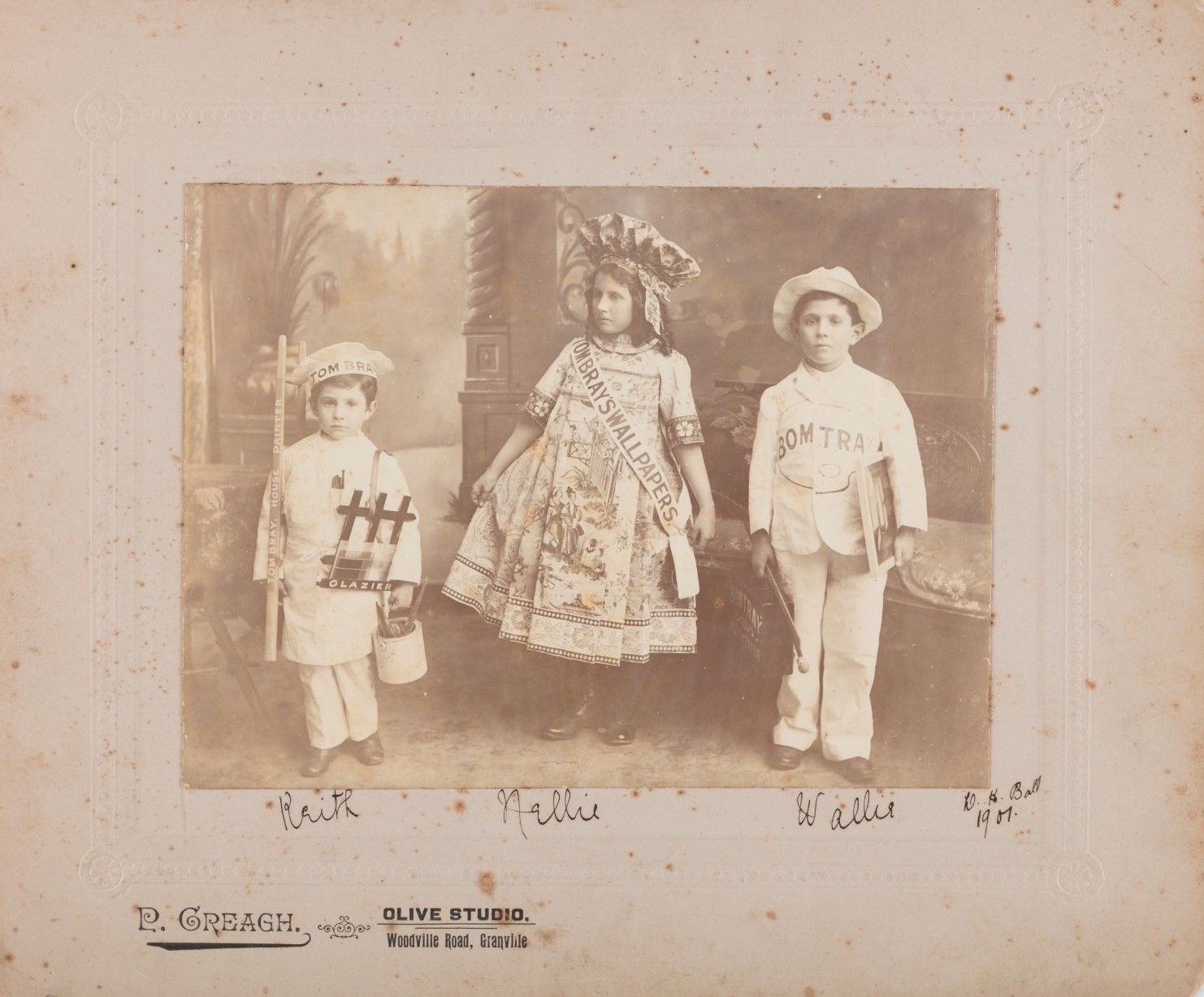
Join Matthew Stephens, research librarian at the Caroline Simpson Library, as he uses the library’s specialist collection to explore the contexts of a selection of historic family photographs
![Vivienne Chaffer : Colour [interior design student workbook]](https://images.mhnsw.au/fotoweb/embed/2024/03/b09f1f0c5831414a9ae3b0baf97b548d.jpg)
This event focused on the colour curriculum of pioneering Sydney-based colour designer and educator Phyllis Shillito (1895–1980) of the 1940s to the 1970s

Hear the story of Rose de Freycinet, the first woman to write an account of a global circumnavigation, with Suzanne Falkiner

As part of an ongoing partnership with Museums & Galleries of NSW, our Curatorial and Digital teams have been hard at work making a suite of vocational videos that explore the importance of assessing and communicating the significance of museum collections

We are donning our speleological hard hats and highlighting digitised material relating to Jenolan Caves held in the State Archives Collection

On a perfect autumn afternoon in late May, donors were immersed in the musical world of the Wentworths and their contemporaries at the 'Syrens of Sydney' concert held at Vaucluse House

It's National Volunteer Week and we're highlighting the important work our volunteers do in helping to make the Collection more accessible. Our Collections Volunteers have successfully listed over 57,000 patient admission cards from Liverpool Hospital covering 1884 to 1959

Frank Lloyd Wright’s Wasmuth Portfolio, is regarded as one of the most influential architectural treatises of the 20th century
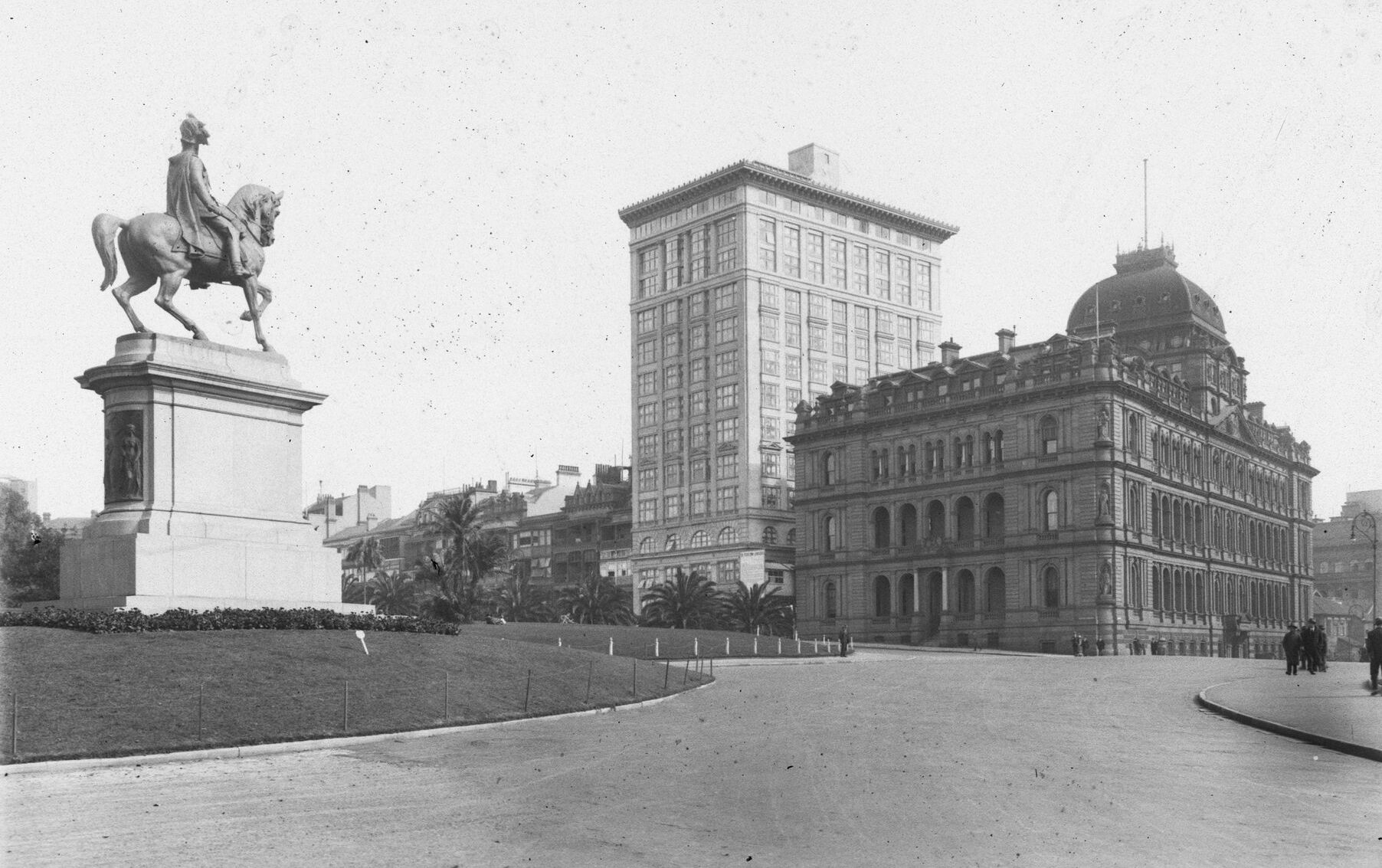
Upon completion in 1923, The Astor in Sydney's Macquarie Stree twas the largest reinforced concrete building in Australia, the tallest residential block, and this country’s first company title residences

Inspired by a watercolour of the ruins of the temple of Vishnu, refugee curator in residence Jagath Dheerasekara writes about Devinuvara as a site of pilgrimage, colonisation and uprising
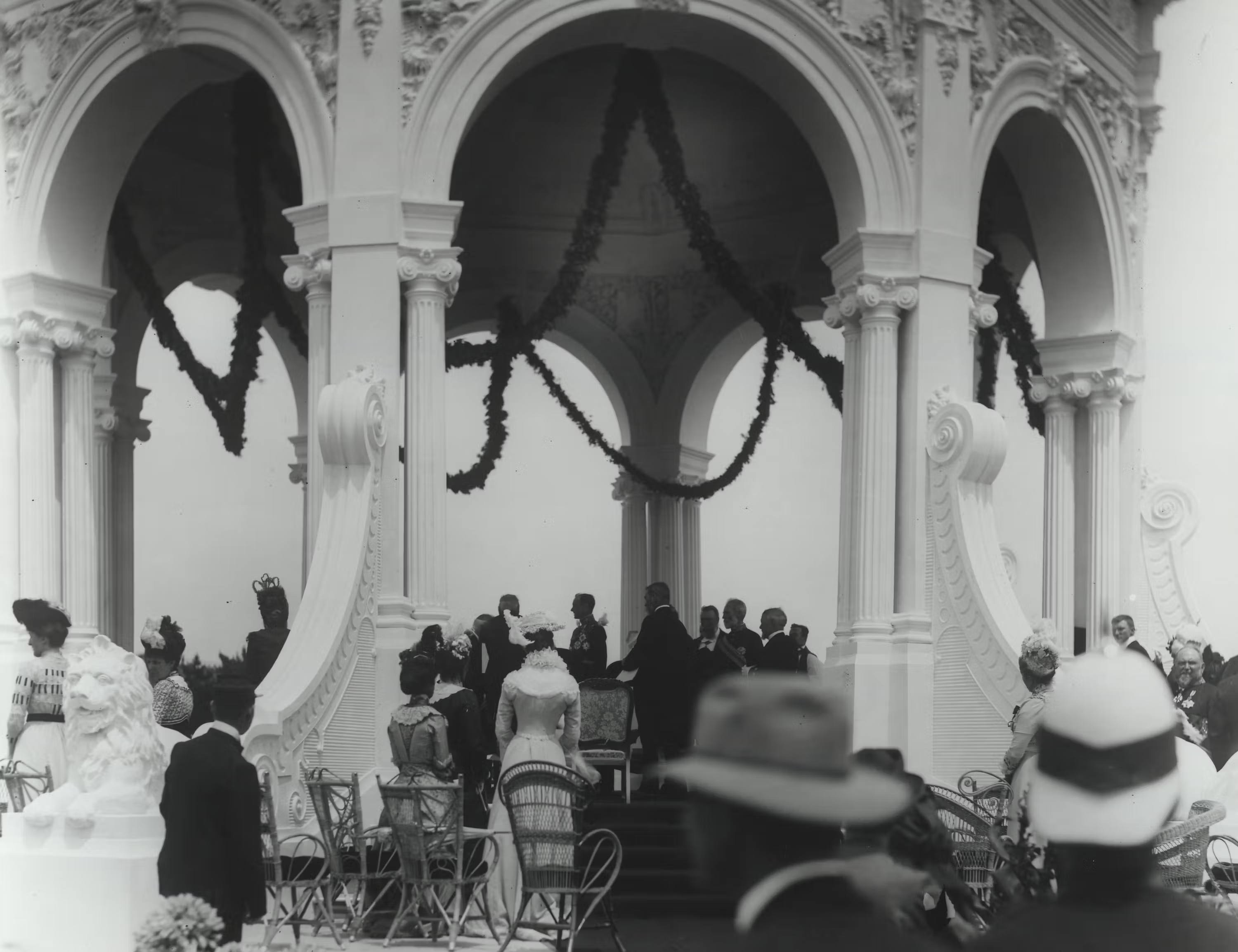
The Commonwealth of Australia was proclaimed on 1 January 1901. The Federation Pavilion in Sydney’s Centennial Park was the focus of the inauguration ceremonies and a five mile procession through the decorated streets of Sydney was greeted by large crowds
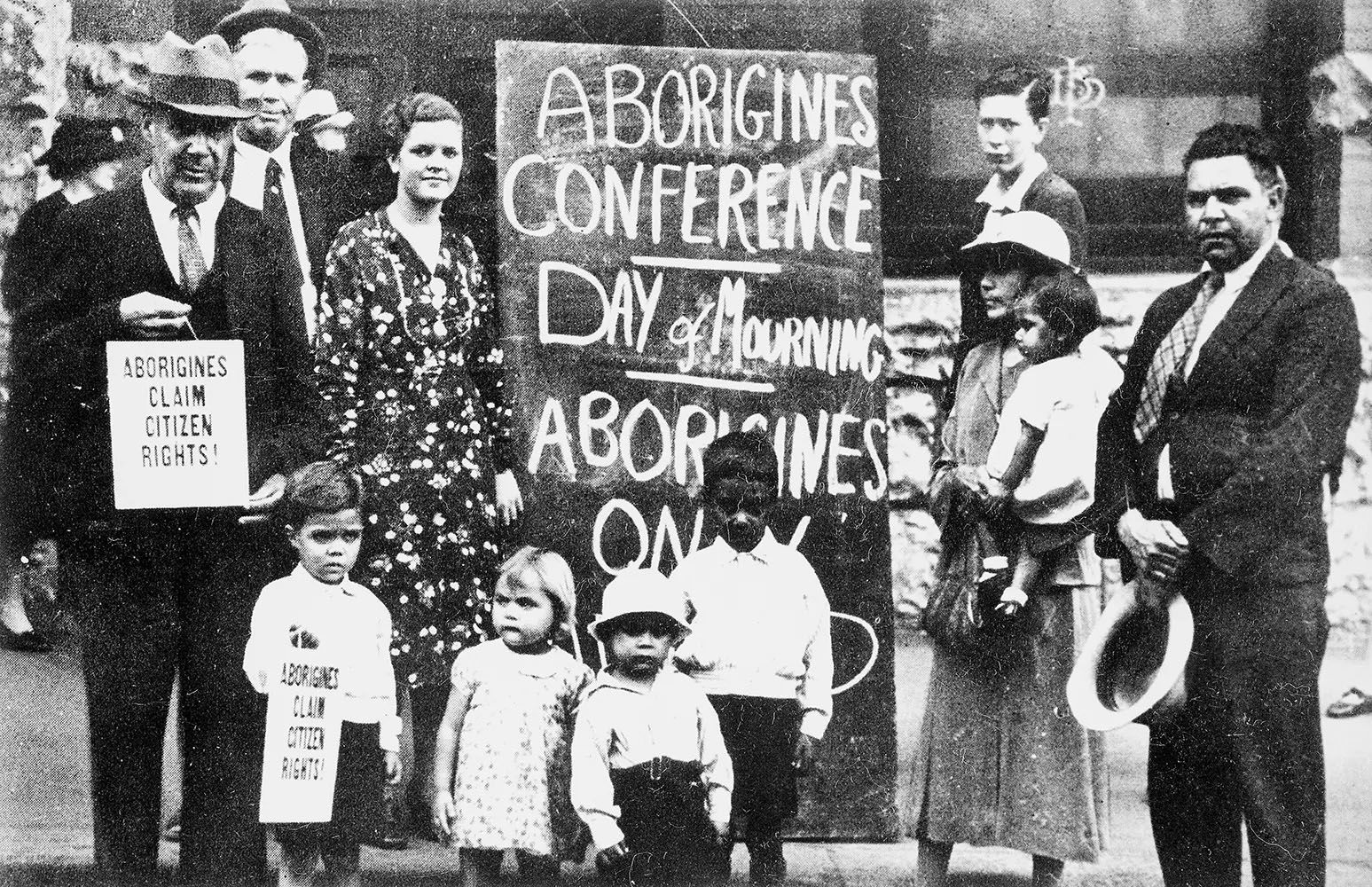
January 26 has long been a day of debate and civic action. Those who celebrate may be surprised of the date’s significance in NSW as a protest to the celebrations of the anniversary of the arrival of the First Fleet on what was then “Anniversary Day” in NSW
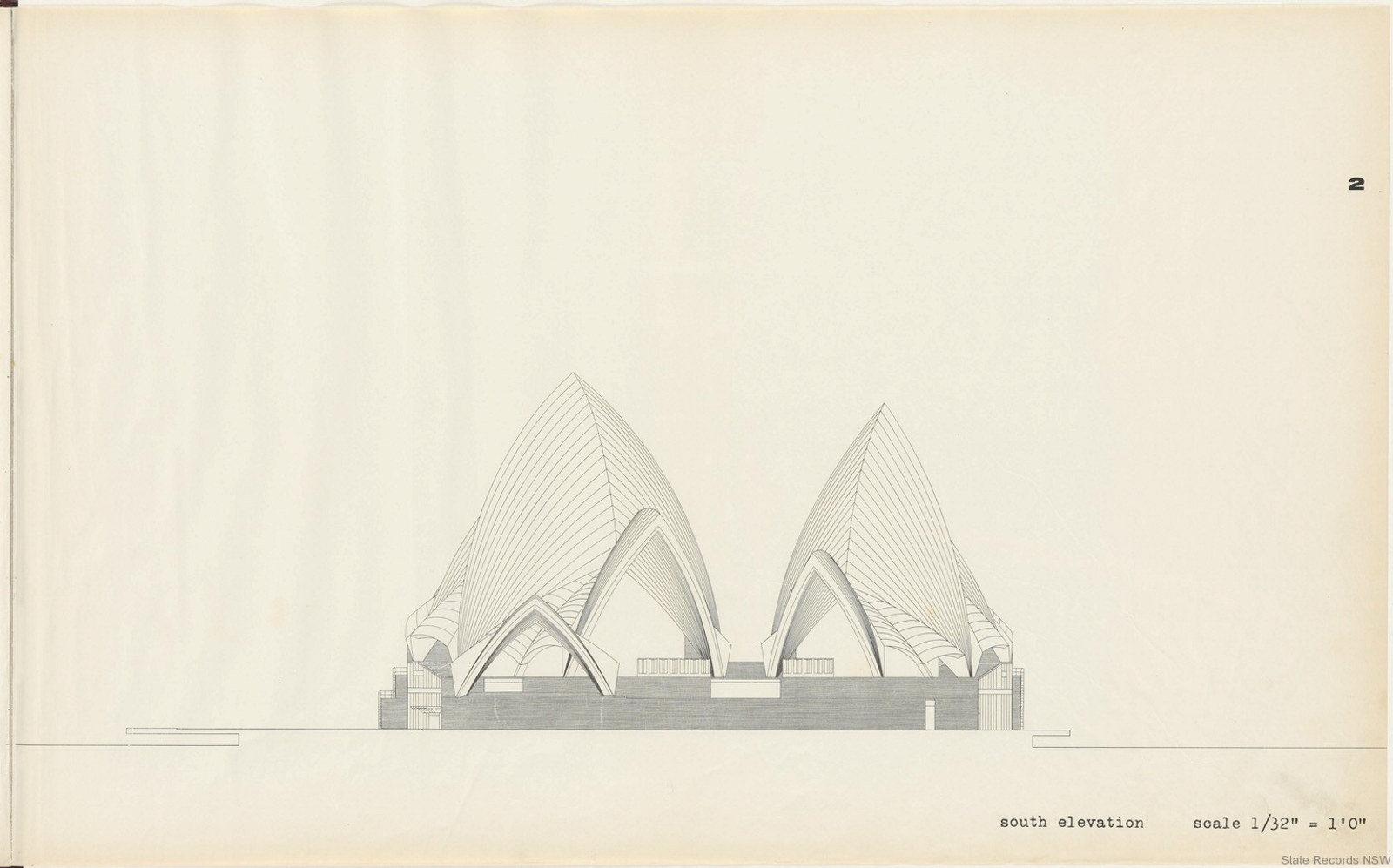
Significant publications and reports on the Sydney Opera House project, including the rules for the design competition, plans, drawings and photographs at various stages of the construction

Supervising conservator Dominique Moussou talks through her work and some of the projects underway in the MHNSW conservation lab
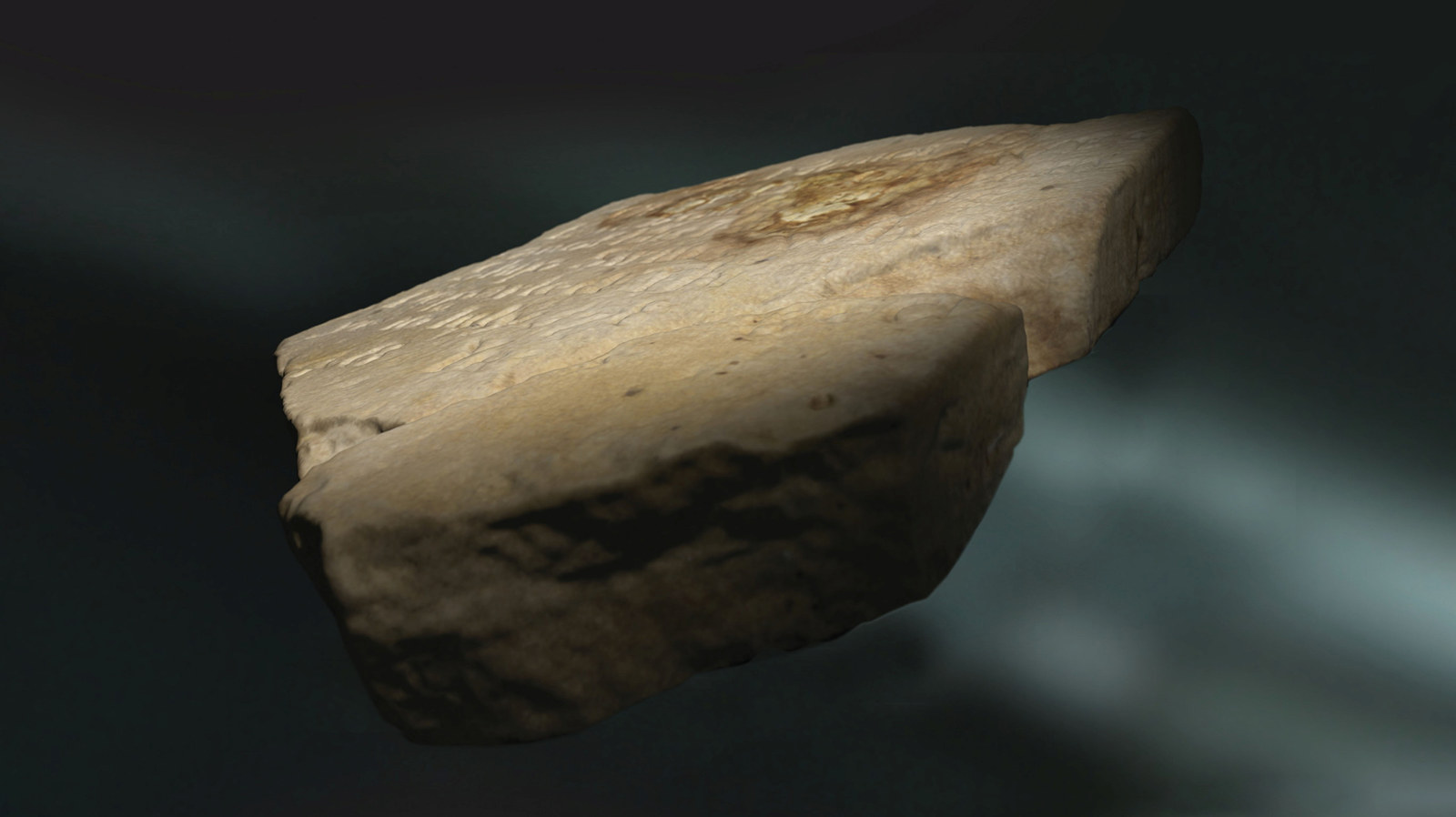
A project to capture 3D scans of MHNSW properties will greatly assist conservation work and create exciting new interpretation opportunities far into the future
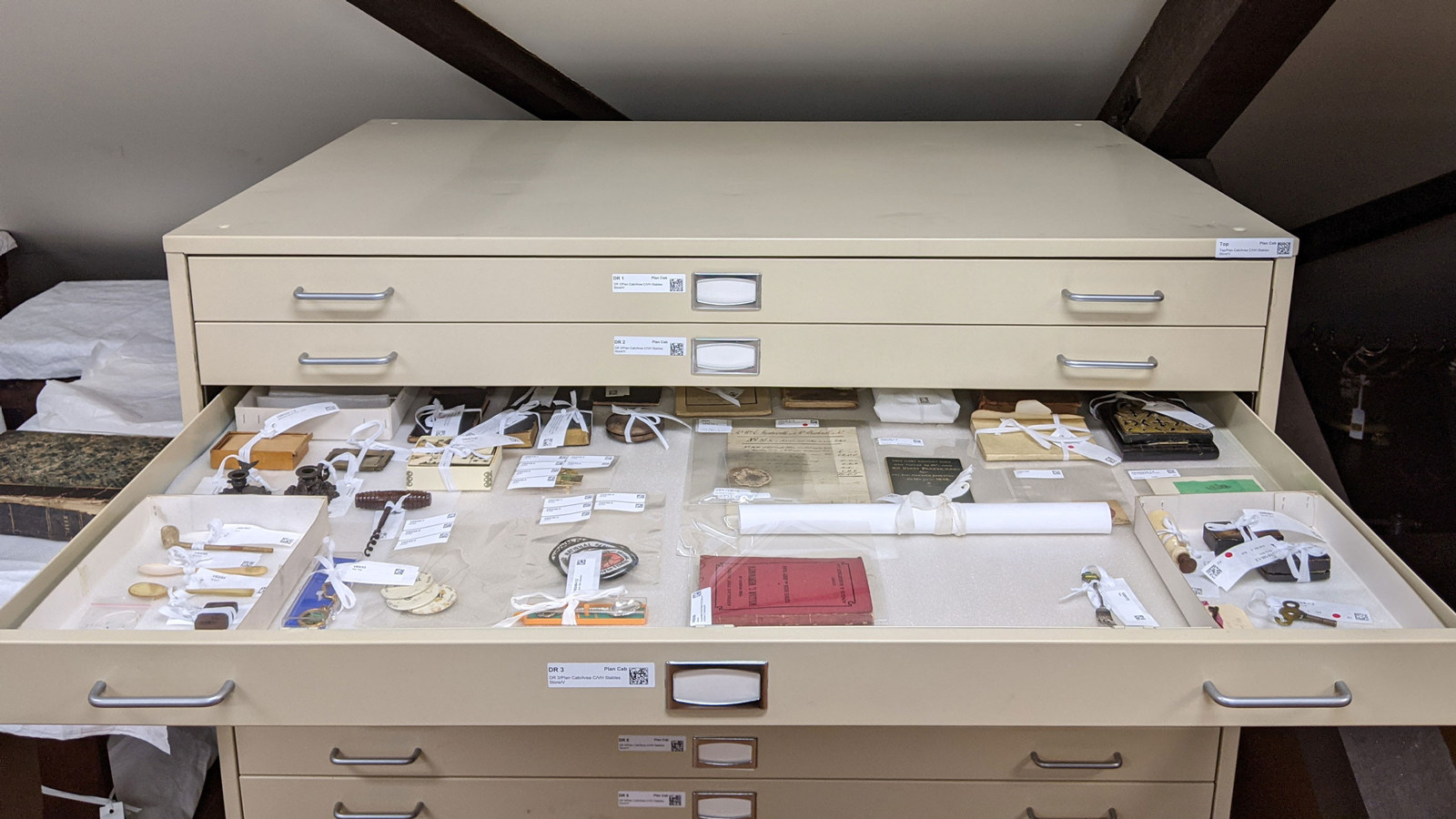
During the 2021 COVID lockdown, a team was busy working behind the scenes to implement technology that will improve how we manage our collections & make them more discoverable for our audiences
Keep up to date with all our Collections news, archives, acquisitions & events. Select 'Collections' when subscribing to receive our monthly e-newsletter
Subscribe to Collections eNews